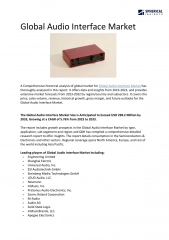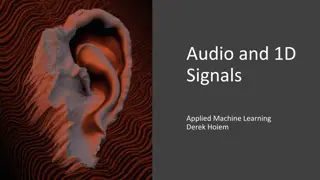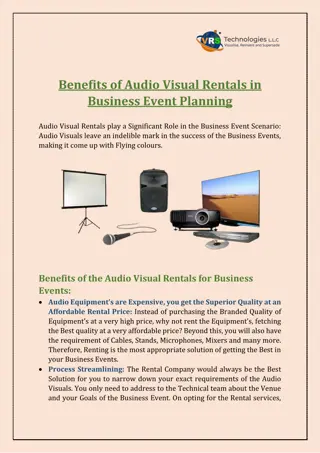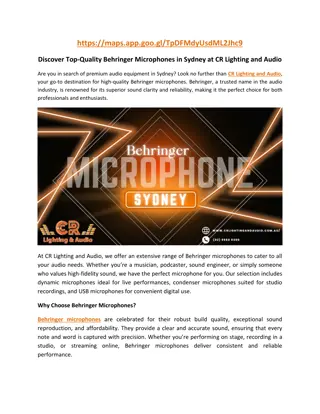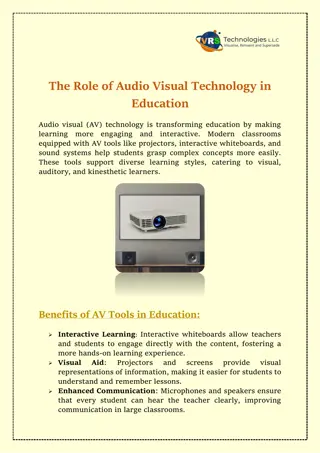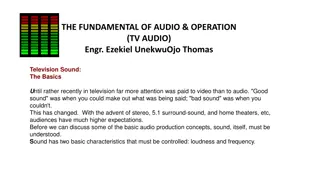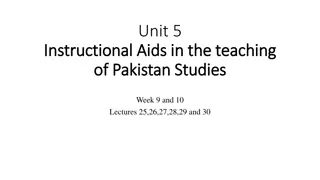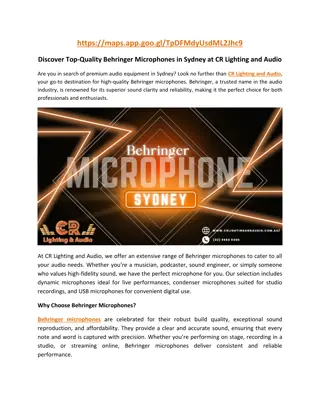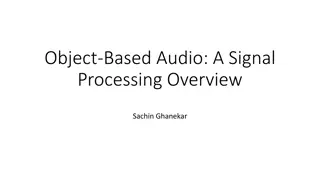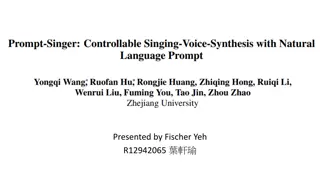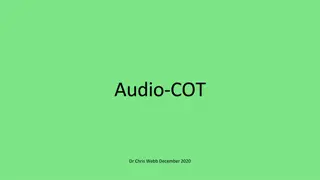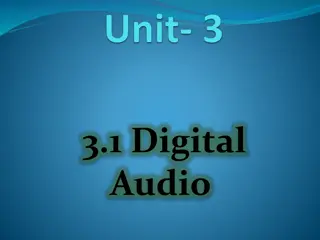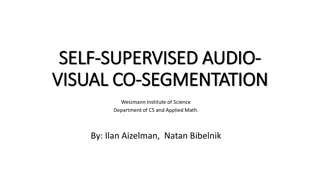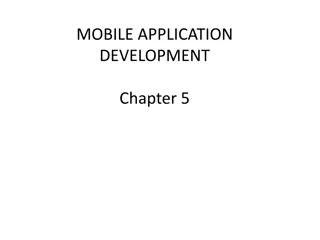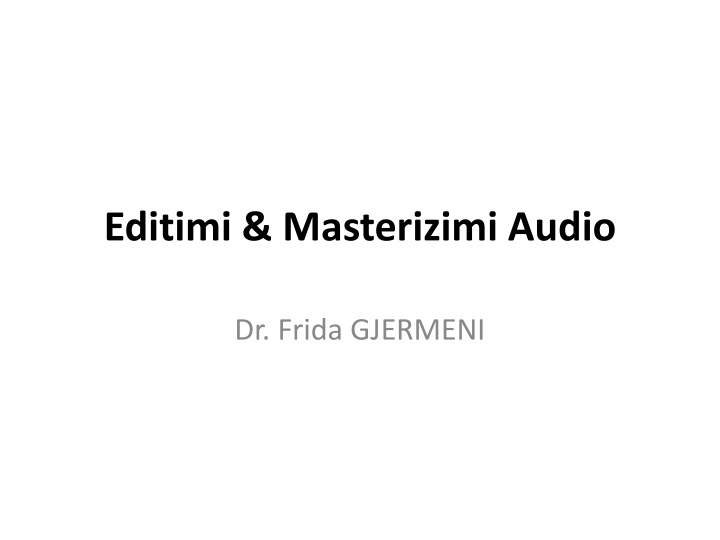
Advanced Audio Editing Techniques: Dithering and Mastering Insights
Explore the art of audio editing with insights on dithering, mastering, and advanced techniques for improved sound quality in digital processing. Learn about the impact of dithering on signal resolution and the role of noise shaping in enhancing audio quality.
Download Presentation

Please find below an Image/Link to download the presentation.
The content on the website is provided AS IS for your information and personal use only. It may not be sold, licensed, or shared on other websites without obtaining consent from the author. If you encounter any issues during the download, it is possible that the publisher has removed the file from their server.
You are allowed to download the files provided on this website for personal or commercial use, subject to the condition that they are used lawfully. All files are the property of their respective owners.
The content on the website is provided AS IS for your information and personal use only. It may not be sold, licensed, or shared on other websites without obtaining consent from the author.
E N D
Presentation Transcript
Editimi & Masterizimi Audio Dr. Frida GJERMENI
Issues Dithering Monitoring FL Studio DAW Interface Editing Techniques with Audacity/Adobe Audition
Dither in the Analog Domain The quantization process-The amplitude of the signal out is limited to a set of values. Quantization without dithering-quantization distortion of the original input signal. Undesired harmonics, subharmonics, distortion introduced. Dithering- the process that mathematically removes harmonics or undesirably distortions and replaces it with a constant fixed level of noise Example- Create a basic A/D Converter Ranges -0.5-+ 0,5 V digital outpout is 0 Ranges +0.5-1.5 digital output is 1 LSB threshold is 0.1V If input signal is +0.25 V-output is 0 Without dithering significant information is lost. Solution Dither ON- by 0.25 V
Dither extends the resolution of a digital system+ elimination of the quantization distortion. This can t be achieved by adding noise after the A/D conversion. Must be added in the proper point in the circuit and adding noise is not the same as dithering Human ear is able to hear signals in a greater energy in noise presence, with negative SNR.
The need for (re)Dither in the Digital Word After digital conversion-the EQ, compressing, any sort of techniques, expands the word length. What if we have just a 16-bit A/D-truncate the signal. All the processes that translate into arithmetic multiplication and division from DSP adding more values expanding word length. Truncate the signal wouldn t it be better to rounde the numbers. This means bits from LSB position go into bits we intend to use. The need to redither-but in this case the dither is digitally generated. A random generated number to be added to every sample. This ends in LSB modulation, charring information from LSB to other bits---shortening the word and eliminating the word length expand
Improved Dithering Techniques Shaping dither audibility- noise shaping techniques Re-equalize the spectrum of the dither, retaining average power moving away noise from the areas where the ear is most sensitive (3 KHz) and into high frequency region (10-22 KHz) numbers. The sonic results range from very good to marvelous. All the dither noise has been pushed into high frequency
The Sound Effects of Defective Digital Processors Sine Wave with distortion Sinewave wih uniform dither DSP truncated at 16 bits
Some Practical Dithering Examples and Guidelines
Monitoring A high resolution monitor is the mastering engineer s studio microscope, without which subtle processing decisions cannot even begin to be made.
1- Instruments Panel- This panel shows all the assets that belong to the project, including instrument VSTs, soundclips, and automations. 2-When a particular channel is selected which contains notes, they are displayed next to the instruments being triggered. 3-Project assets become categorized and by using the black dropdown box you can select categories to view. 4-Playlist This contains multiple patterns, soundclips, and automations which make up your entire track. 5-Here you can see three patterns. The rows that audio gets triggered on does not matter, they can even overlap. In the first row I place all drums (for my convenience). On the second row I have a simple riff.
6-Here is a sample VST instrument. 7-This is FL's interface to the VST instrument and contains configurable information, such as what mixer track the audio is being sent to. 8-These are mixer tracks that your audio is being sent through. FL offers 64 mixer tracks. 9-Each mixer track has a series of 8 chains. Each chain link contains a VST effect which audio comes in the top and out the bottom tot he next VST effect.
Editing Techniques with Audacity/Adobe Audition Lab Hours/Import Audio 1. Noise Reduction/Removal 2. Amplify/Normalize 3.Trim 4. Split/Time Shift 5. Split New 6. Mix 7. Export


